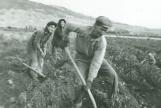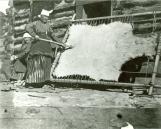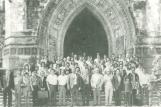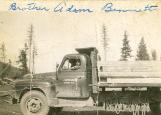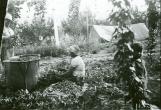1
Before the Secwepemc had discovered non-natives all work ethic had been based towards survival. The basic gathering of food and medicine in order to feed ones family. With the introduction of money and education, many Secwepemc have taken interest and cause for work, as some stay towards politics and dealings with the European government, and some towards education, Natural Resources, Community Health and Economic Development.2
Kootenay Indian Family in "Sturgeon-nose" balsam or birch bark canoe1887
Kootenay, British Columbia, Canada
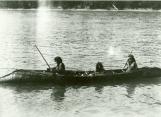
3
Visit of Royal Commission of Indian Affairs1913
British Columbia, Canada
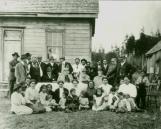 Credits:
Credits:BC Provincial Museum and Archives
4
Secwepemc have always worked with a Chief and Council to assist in Band matters. Since contact Chief and council now must meet with government.6
Secwepemc people could cultivate their land for community gardens or for economic gain.9
Girls home of genocide1865
Kamloops, British Columbia, Canada
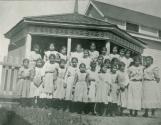 Credits:
Credits:BC Provincial Museum and Archives
